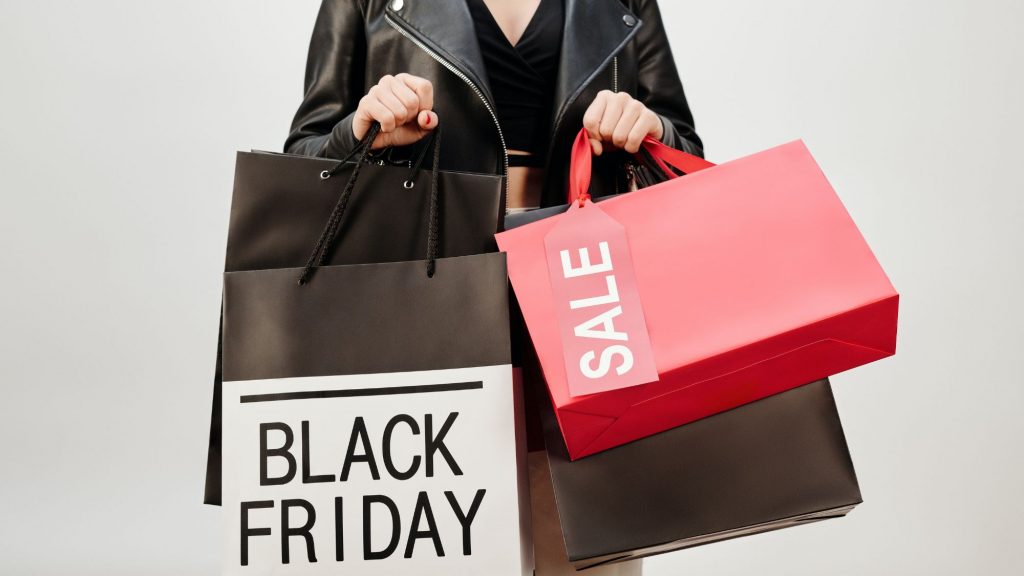While retailers are going all out to cash in on today’s Black Friday shopping frenzy, an expert warns that the South African consumer landscape has dramatically changed in the last year.
“Shoppers are looking for a seamless shopping experience, better value for money and more payment options than ever before,” says Lara du Plessis, head of partnerships at FundingHub.
No ad to show here.
Last year saw over 18.5 million South Africans shopping over the Black Friday period. With this year set to be a record high, 85% of young consumers (aged 18 to 36) will be planning to shop using their mobile phones.
Staggered sales approach
Black Friday madness and long queues could be a thing of the past as consumers now have the power and want to shop at their own convenience. Larger retailers like Woolworths, Takealot and Pick n Pay have realised that staggered Black Friday sales over a month-long period provide a much greater opportunity.
This approach allows retailers to bring in more customers through their doors or website. For smaller e-commerce sites and SME retailers, who may not have the infrastructure needed right now, this has meant they can keep up with the demands of the consumers, without their websites crashing or them running out of inventory.
Black Friday social media commerce
As digital literacy increases so does the need for a more convenient and speedy shopping experience.
“South African consumers want to purchase products where and when they want to, especially on the platforms and apps they are already using,” says Ashleigh Butterworth, content marketing specialist at Finch Technologies.
China has already seen great success with WeChat’s super app functionality where you can use the platform for both messaging and purchasing. Instagram, TikTok and Snapchat are the biggest players among Gen-Z consumers, spending two times as much shopping on social channels compared to an average consumer.
In contrast, Gen X are more inclined to make purchases on Facebook. Increasingly more businesses are using their social media channels to directly link to their products on their website. Instagram has recently launched the functionality of a shoppable Instagram feed for United States businesses. Hand in hand with social media commerce, comes the rise of influencer marketers, with 61% of shoppers trusting influencer recommendations.
Hybrid commerce channels
Meanwhile, click and collect continues to grow in popularity for South African consumers, and physical brick-and-mortar stores are a long way from being obsolete. These models provide benefits for both consumers and retailers, they keep delivery costs low and provide consumers with a more streamlined and convenient shopping experience.
Plus, if you are bringing people into your store to pick up goods, they are more likely to make another purchase. South African retailers will need to continue focusing on integrating their online shops with physical store offerings.
Sustainable change
Consumers are a lot more sustainably conscious. For retailers, this will mean ensuring every step of your supply chain from ordering products all the way to delivery will need to consider environmental impact.
Transparency is at the core of this trend, with consumers wanting to be told what measures the retailer is taking to lessen their impact. Consumers will be more inclined to buy a product if they know that the packaging and product are sustainable. In the US, 66% of consumers are willing to pay more for sustainable products.
Price vs brand loyalty
As a direct impact of inflation, the average South African shopper is feeling more stretched than ever. According to McKinsey Global Consumer Sentiment Survey, 32% of shoppers in South Africa report substituting branded products with cheaper alternatives. Retailers will need to appeal to a more budget-aware consumer, by stocking products that appeal to a range of earning powers.
ALSO READ: SA e-commerce in dire need of better ID authentication
